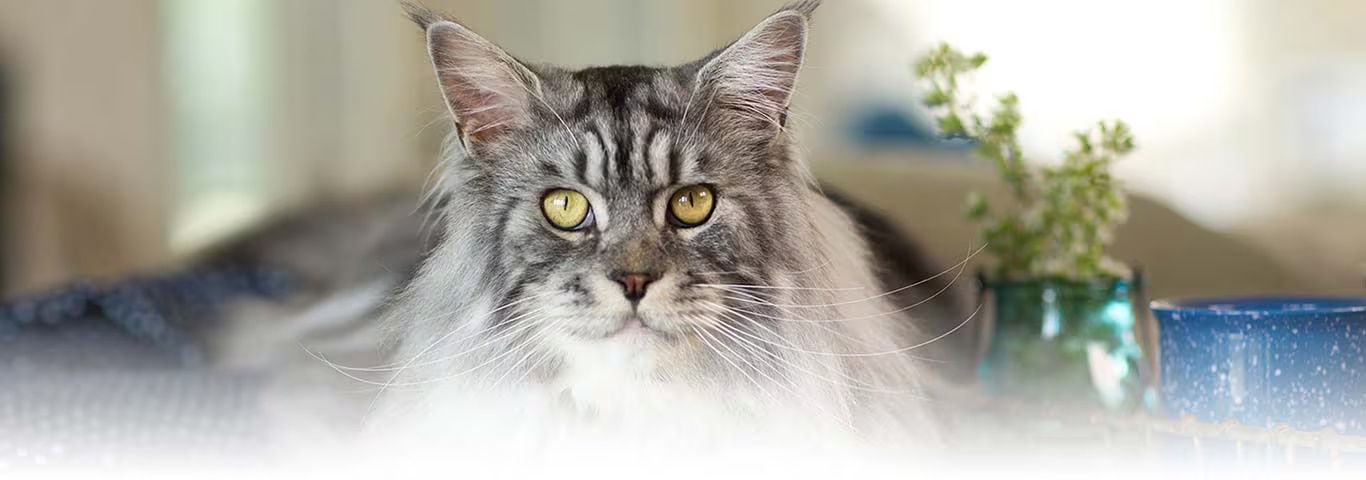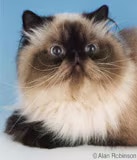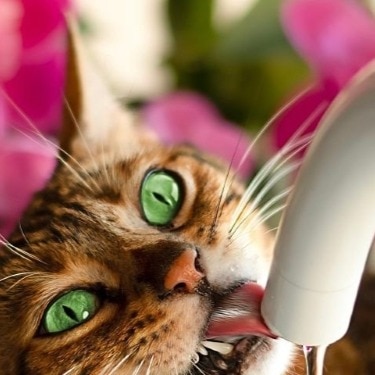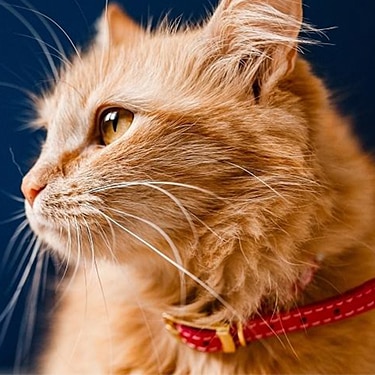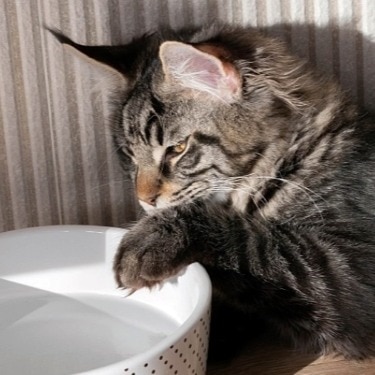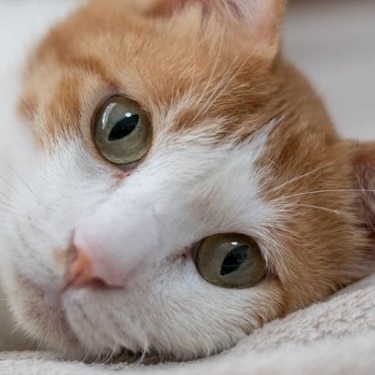The Himalayan is an extreme looking breed. The body is short but thick with thick legs and a short, thick neck. The boning is heavy but the tail is short and the ears are small. The head of the Himalayan is round and has large, round eyes. When viewed in profile, the face is flat with the nose changing direction so that you see primarily the colored skin on the nose (nose leather).
The coat on a Himalayan is thick, full and long. It is very fine, but should be lustrous and glossy.
The Himalayan is a placid cat that exhibits bursts of kitten-like activity. She will be sleeping in the sun when she suddenly explodes, running around the room and rolling around.
The Himalayan will stretch out next to you, sleep in your bed and even sit on your lap when she is in the mood. She does not mind changes in routine and is generally friendly with anyone and everyone.
The Himalayan needs to have her nutrition controlled if she is to stay in good condition. Since the breed is not known for a high degree of exercise, attention must be paid to both her nutrition and exercise.
The Himalayan needs exercise to keep in top condition. She likes to play with her parent and will play with interactive toys, chase balls, and attack catnip mice, but you might have to keep after her to exercise on a daily basis.
The Himalayan coat requires daily attention. She must be brushed and combed in order to keep the coat from tangling. In addition, the flat face must be carefully cleaned as tear stains can deposit themselves on the face.
The idea of creating a Persian cat with the pointed pattern of the Siamese had long been desired by breeders. Working toward this goal, Persian cats with colored points, called Himalayans, were produced in the United States in the early 1930s thanks to the efforts of Marguerita Gorforth, Virginia Cobb, and Dr. Clyde Keeler. In 1935, after British breeders had visited the United States to see the Himalayan, a breeding program to produce these cats also began in England. The breeding program had to be stopped during World War II but was reinstated afterwards.
In the mid 1950s, the Himalayan was accepted for recognition. The first United States champion was Goforth's LaChiquita, who gained this title with the American Cat Fanciers Association. By the 1960s, every United States registry had accepted the Himalayan for recognition in the show ring.
Recently, some United States registries have incorporated the Himalayan into the Persian class. In these registries, this breed is considered a pointed Persian, but is sometimes called a Persian-Himalayan or Himalayan-Persian as well as just Himalayan. The Himalayan has always been known as the Colorpoint Longhair in Britain.
Adopt a pet. Change a life.
Are you prepared to adopt a pet? Use these tools to make sure you are ready for the commitment.
Adopt a pet. Change a life.
Are you prepared to adopt a pet? Use these tools to make sure you are ready for the commitment.












